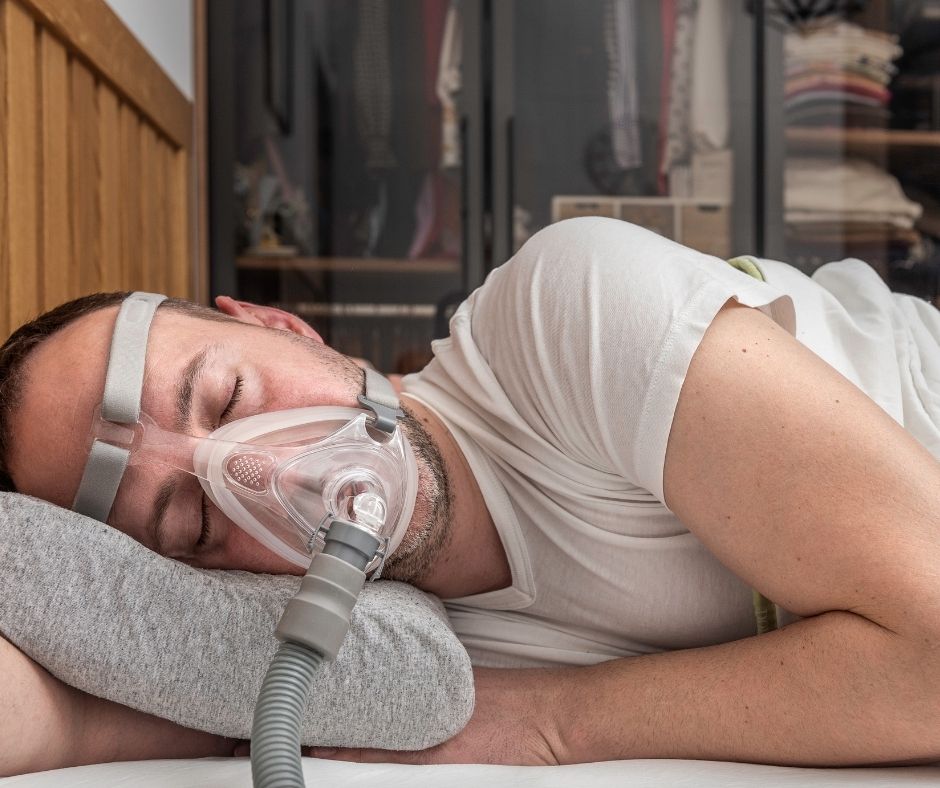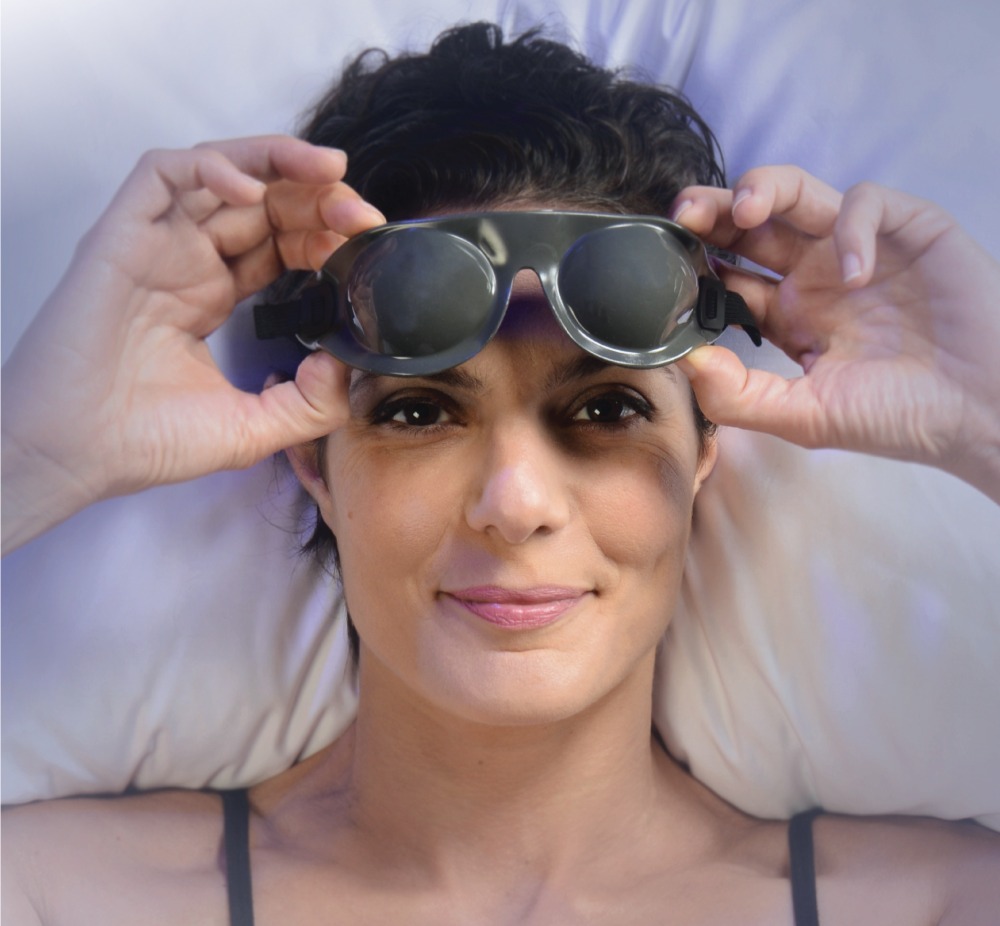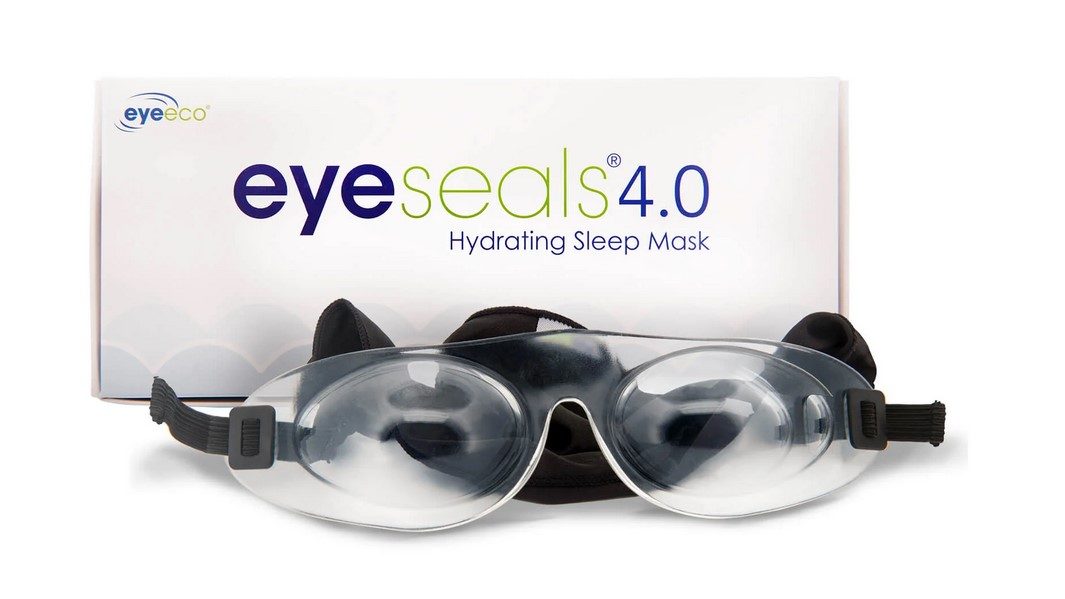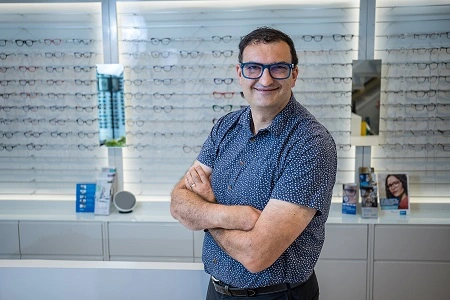Understanding the Impact of CPAP Therapy on Your Eye Health: Essential Insights
Continuous Positive Airway Pressure (CPAP) machines have revolutionised the treatment of obstructive sleep apnoea, offering significant enhancements in sleep quality for many individuals. While these devices excel at improving breathing during sleep, they can inadvertently lead to new challenges, notably dry and irritated eyes. Numerous CPAP users report experiencing discomfort such as burning sensations, gritty feelings, or excessive tearing upon waking. Often, they remain unaware that their sleep therapy could be the source of their ocular issues. Recognising this relationship is vital for achieving both restful sleep and maintaining optimal ocular health.

Uncovering the Underlying Causes of Dry Eye Symptoms Associated with CPAP Usage
During sleep, the pressurised air from a CPAP machine can escape from the mask, directing airflow directly towards your eyes. Even a minor leak, particularly around the nasal bridge, can cause air to blow upwards, leading to a gradual, persistent drying effect on the ocular surface throughout the night. This airflow issue often poses a greater challenge for those who sleep on their back or side, or for users of full-face masks. Many users remain oblivious to the discomfort until morning, resulting in significant eye irritation.
The repercussions of this airflow extend beyond mere dryness; it can hasten tear evaporation and foster chronic inflammation over time. If this problem persists night after night, the eyelids may fail to adequately seal and protect the eye, intensifying discomfort and aggravating symptoms of dryness. Understanding these dynamics is crucial for CPAP users to mitigate discomfort and ensure their eyes remain healthy.
Effective Strategies to Alleviate Dry Eye Symptoms Linked to CPAP Therapy
Start by thoroughly evaluating your CPAP setup:
- Examine for Mask Leaks: Confirm that your mask fits securely and comfortably. A proper seal around the face minimises air leaks that could lead to irritation of your eyes. Masks equipped with a forehead support bar or dual-wall seals can significantly decrease unwanted airflow directed upwards, thus reducing the risk of eye discomfort.
- Modify Your Sleeping Position: Consider elevating your head slightly or opting for a side position to alter the airflow dynamics around your mask, effectively redirecting the air away from your eyes.
- Incorporate Heated Humidification: If your CPAP device features a humidifier, ensure it is activated. This function introduces moisture into the airflow, alleviating dryness in both the nasal passages and the delicate tissues of the eyes, promoting better overall comfort during sleep.
Choosing the Right CPAP Mask to Minimise Eye Irritation
Some CPAP masks are inherently more prone to leaking air around the eye area than others. For example, nasal pillow masks are specifically designed to direct air solely into the nostrils, making them less likely to adversely affect the eyes. Additionally, masks with flexible frames or soft cushions provide better facial contouring, resulting in fewer gaps and a reduction in air leakage. If you experience eye-related symptoms, experimenting with a different mask style could yield substantial comfort and relief from discomfort.
Exploring the Advantages of Moisture-Sealing Eye Masks for CPAP Users
For individuals using CPAP machines who endure dry eyes, the EyeSeals 4.0 moisture mask has emerged as a beneficial addition to nightly routines. This soft, medical-grade silicone shield fosters a moisture-retentive environment around the eyes, effectively preventing airflow from reaching the sensitive ocular surface. The gentle seal acts not only as a protective barrier but also aids in preserving natural tears throughout the night. This mask is versatile and can be used both with and without CPAP devices, with many users reporting a significant reduction in symptoms after just a few nights of consistent use.
By helping to maintain the normal tear film during sleep, the EyeSeals 4.0 plays a crucial role in supporting long-term eye health, effectively eliminating the need for wake-up treatments or morning eye drops, which can be a hassle for many.

Enhancing Your Sleep Environment for Optimal Eye Comfort
There is no need for CPAP therapy to be accompanied by the burden of eye discomfort. By making the right adjustments and utilising protective tools like the EyeSeals 4.0, you can enjoy deep, restorative sleep without experiencing irritation or blurriness upon waking. At Eyes By Design, we are committed to providing effective dry eye solutions tailored for both daytime and nighttime use, ensuring that your vision remains healthy even when you are asleep.

Discover Additional Solutions for Holistic Dry Eye Relief:
- Dry eye supplements such as DRYEye Forte and Lacritec
- Hydrating dry eye creams, mists, and drops including Optimel and Tears Again
- Dry eye heating masks
- Nu Lids Eye System
- Eyes Are The Story – makeup specifically formulated for dry and sensitive eyes
At Eyes By Design, we offer in-store consultations with our experienced optometrists, or you can conveniently browse our online store for a wide selection of dry eye treatment products tailored to your needs.
This article aims to enhance understanding and knowledge regarding general eye health topics.
It should not replace professional advice, diagnosis, or treatment.
Always consult your health care provider before making any changes to your health regimen.

Dr Nicholas Altuneg
For over two decades, my passion has centred on assisting individuals of all ages in enhancing their lives through improved vision. At Eyes by Design, we recognise that vision encompasses much more than just the ability to see clearly or read fine print; it fundamentally influences your perceptions and reactions in every moment of your daily life.
Discover more about Dr Nick
The Article: CPAP Machine Causing Dry Eyes Upon Waking? Here’s Why. first appeared on https://writebuff.com
The Article CPAP Machine and Dry Eyes Upon Waking: Key Reasons Explained Was Found On https://limitsofstrategy.com





2 Responses
You bring up such an important point about the unexpected side effects of CPAP therapy! I’ve been using a CPAP machine for years, and it was a bit of a revelation when I realized that my persistent dry eyes might be linked to it. I started wearing a sleep mask, which has helped a lot by blocking that escaping air and creating a barrier.
It’s interesting how something as crucial as CPAP therapy can have unexpected side effects, like dry eyes. I can relate to that revelation—it’s surprising how interconnected aspects of our health can be. I hadn’t thought of using a sleep mask before; it sounds like a simple yet effective solution to block that airflow. I’ve read that many people experience similar issues, and it makes sense considering the machine’s continuous air pressure.